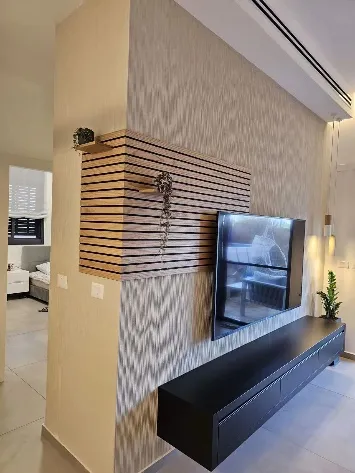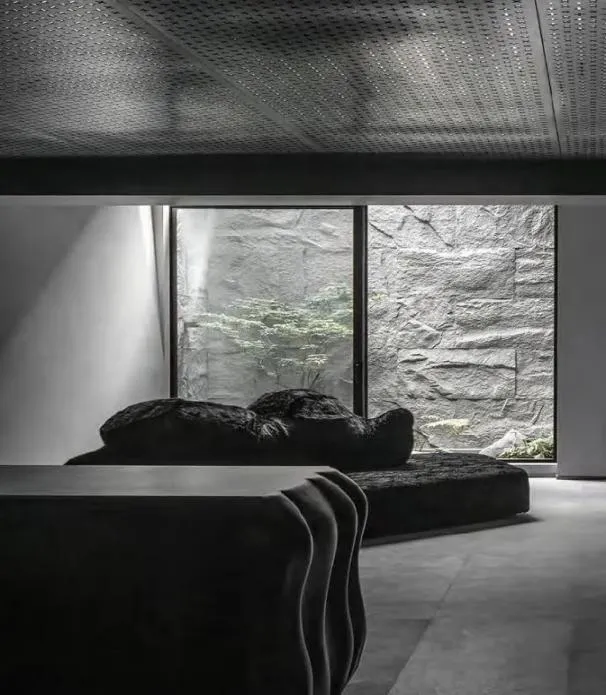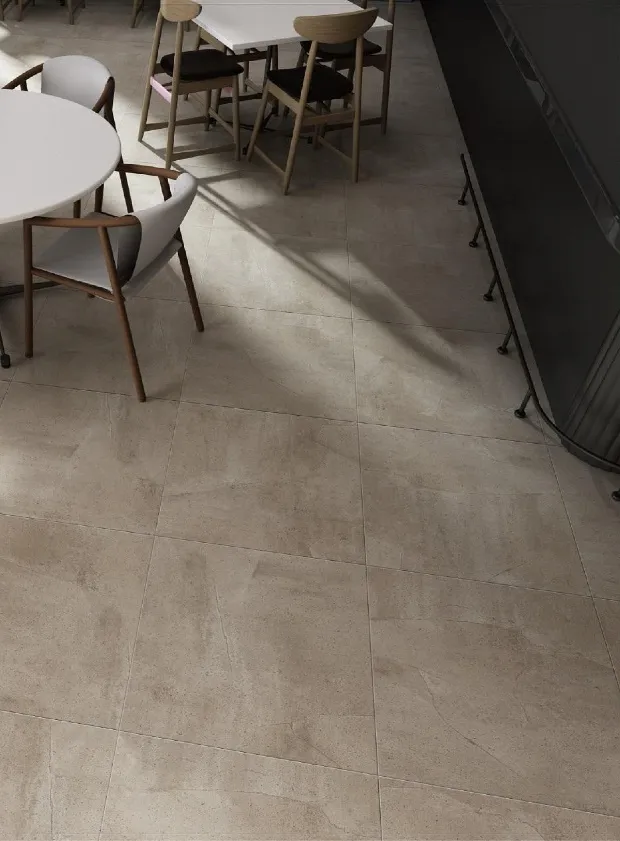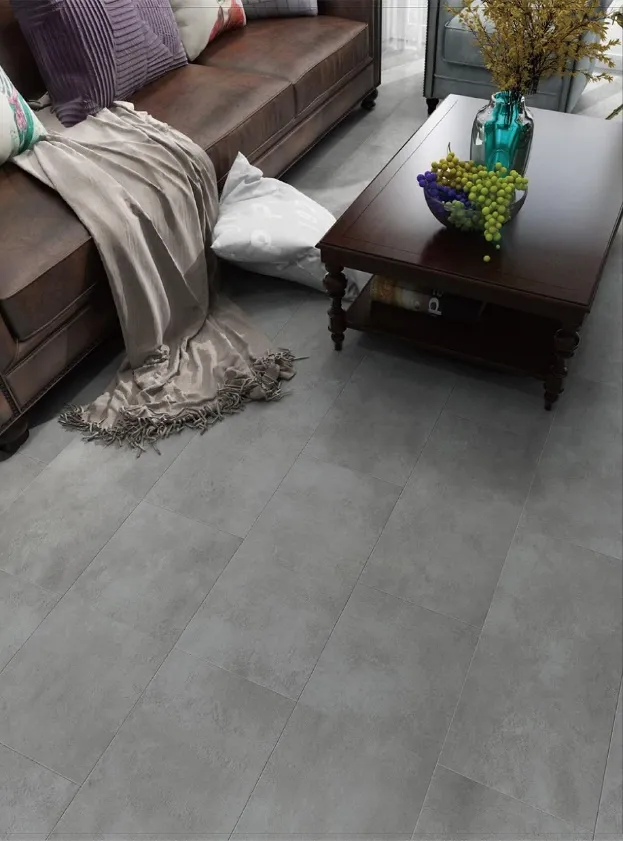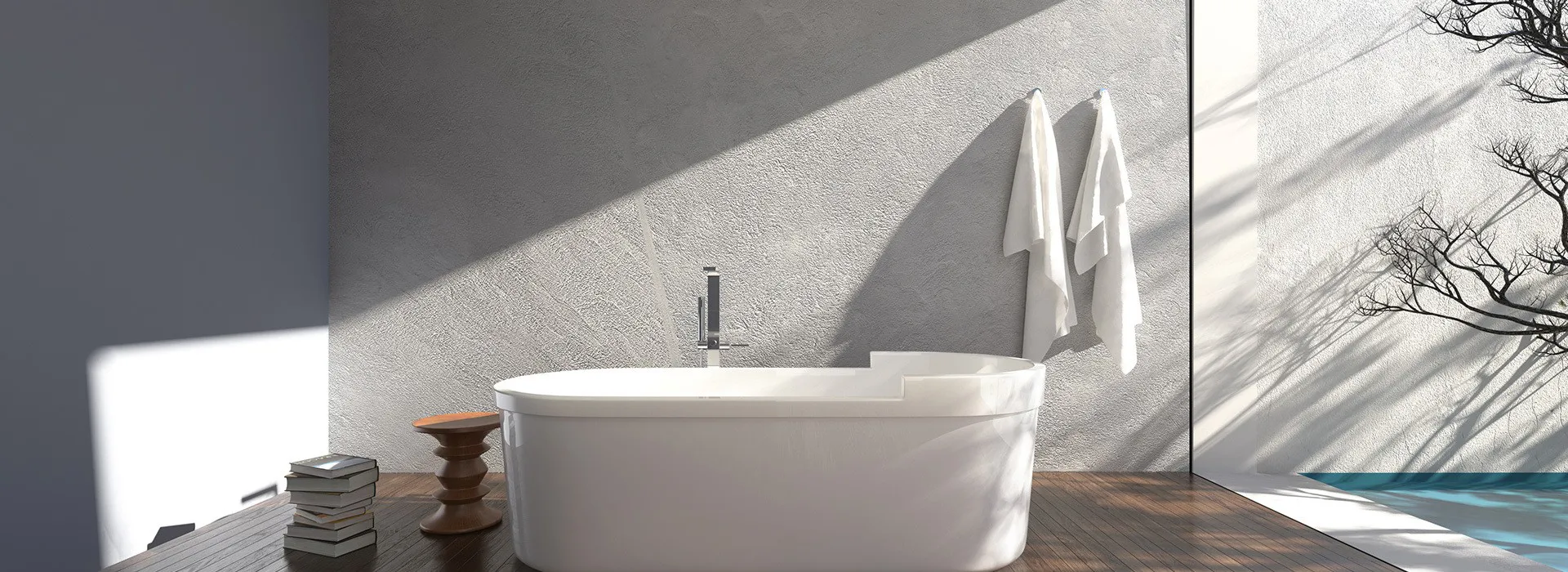
PVC-U SCH40 vs PE Piping: Which Pressure System Offers Better Value?
When it comes to building and infrastructure projects, few decisions carry as much long-term weight as choosing the right pressure piping system. Whether you're a contractor working on a commercial high-rise, a plumber fitting out a residential complex, or an engineer designing an industrial facility, the piping you select impacts everything from installation efficiency to maintenance costs, and even the safety of the entire system. Two names consistently rise to the top of the discussion: PVC-U SCH40 and PE (Polyethylene) piping. Both are widely used, but they bring distinct strengths and weaknesses to the table. In this article, we'll dive deep into what sets these systems apart, explore their real-world performance, and help you determine which offers better value for your specific project needs. Along the way, we'll also touch on the role of reliable suppliers—because even the best material falls short without a partner that delivers quality and support.
Understanding PVC-U SCH40 Pressure Piping Systems
Let's start with the basics: What exactly is PVC-U SCH40 piping? PVC-U, or Unplasticized Polyvinyl Chloride, is a rigid thermoplastic polymer known for its strength and chemical resistance. The "SCH40" designation refers to the pipe's schedule, a standardized measure of wall thickness that directly correlates with its pressure-bearing capacity. In simple terms, a higher schedule number means a thicker wall, allowing the pipe to handle greater internal pressure. For SCH40, this balance of thickness and weight makes it a popular choice for moderate-pressure applications across residential, commercial, and light industrial settings.
Material Composition and Manufacturing
PVC-U SCH40 pipes are manufactured through an extrusion process, where raw PVC resin is mixed with stabilizers, lubricants, and pigments, then heated and forced through a die to form the pipe's shape. The absence of plasticizers (hence "unplasticized") gives PVC-U its rigidity, but it also means the material is less flexible than some alternatives. This rigidity is a double-edged sword: it provides structural stability but can make handling and installation in tight spaces more challenging.
Key Performance Characteristics
One of the standout features of PVC-U SCH40 is its pressure rating . At 73°F (23°C), standard PVC-U SCH40 pipes typically have a pressure rating of 150 psi (pounds per square inch), though this can vary slightly by diameter and manufacturer. This makes them well-suited for transporting water, sewage, and non-corrosive industrial fluids at moderate pressures. They also excel in chemical resistance —resisting corrosion from acids, alkalis, and many organic solvents, which is why they're a staple in chemical processing plants and water treatment facilities.
Temperature resistance is another consideration. PVC-U SCH40 performs best in temperatures up to 140°F (60°C). Beyond that, the material can soften, reducing its pressure-bearing capacity. This limits its use in high-temperature applications like hot water distribution, where other materials like PPR or copper might be preferred. However, for cold water systems, HVAC condensate lines, or irrigation, this temperature range is more than sufficient.
Applications and Solutions
PVC-U SCH40 piping finds its niche in a wide range of projects. In residential settings, it's commonly used for drain-waste-vent (DWV) systems, cold water supply lines, and sprinkler systems. Commercially, it's favored for plumbing in schools, offices, and retail spaces, as well as for industrial applications like transporting process water or non-hazardous chemicals. What makes it even more versatile is the availability of PVC-U SCH40 pressure piping system solutions from leading suppliers. These suppliers don't just provide pipes—they offer a full suite of fittings, valves, and technical support to ensure the system integrates seamlessly into your project. From elbows and tees to reducers and caps, having access to compatible components simplifies installation and reduces the risk of leaks.
Exploring PE Piping Systems
On the other side of the ring is PE piping, a flexible thermoplastic made from polyethylene. Unlike PVC-U, PE is known for its ductility and impact resistance, making it a favorite for applications where ground movement or external stress is a concern. PE pipes come in different grades, with PE80 and PE100 being the most common (the numbers refer to their minimum required strength, in megapascals). PE100, for example, offers higher pressure ratings and density, making it suitable for more demanding projects.
Material Composition and Manufacturing
PE pipes are also extruded, but their manufacturing process emphasizes flexibility. The material's low modulus of elasticity allows it to bend without cracking, and many PE pipes are supplied in long coils, reducing the need for joints—especially useful for underground installations. This flexibility stems from polyethylene's molecular structure, which allows the material to absorb impact energy, a trait that sets it apart from rigid plastics like PVC-U.
Key Performance Characteristics
When it comes to pressure handling, PE holds its own. PE100 pipes, for instance, can handle pressures up to 200 psi or more, depending on the diameter and wall thickness. But where PE truly shines is in environmental resilience . It's highly resistant to corrosion, even in aggressive soils, and its flexibility helps it withstand ground shifts, frost heave, and seismic activity—qualities that make it ideal for underground water mains, gas distribution, and agricultural irrigation. Unlike PVC-U, PE's temperature range is broader in some respects: it can handle freezing temperatures without becoming brittle, though its upper limit is similar to PVC-U (around 140°F for most grades).
Another advantage of PE is its fusion welding capability . Instead of relying on solvent cement or threaded connections, PE pipes are joined using heat fusion, creating a seamless bond that's as strong as the pipe itself. This reduces the risk of leaks at joints, a critical factor in applications like gas transmission or potable water systems. However, fusion requires specialized equipment and trained operators, which can add to installation costs.
Applications and Market Presence
PE piping is ubiquitous in municipal water and gas projects, where its durability and leak resistance are paramount. It's also widely used in mining, landfill leachate collection, and marine applications, thanks to its chemical resistance. In residential settings, PE is often chosen for outdoor irrigation lines or underground service connections, where its flexibility simplifies installation around obstacles like tree roots or uneven terrain. While it's less common in indoor plumbing (due to its flexibility making it harder to secure to walls), PE's versatility keeps it in high demand across industries.
Head-to-Head Comparison: Key Factors for Value
To truly gauge value, we need to compare PVC-U SCH40 and PE across the metrics that matter most to project managers, contractors, and budget holders. Let's break down their performance in critical areas:
| Factor | PVC-U SCH40 | PE (PE100) |
|---|---|---|
| Material Type | Rigid thermoplastic (unplasticized PVC) | Flexible thermoplastic (polyethylene) |
| Pressure Rating (Typical) | 150 psi at 73°F (varies by diameter) | 200+ psi at 73°F (PE100, varies by diameter) |
| Temperature Resistance | Up to 140°F (limited above this; can soften) | Up to 140°F (better low-temp impact resistance) |
| Chemical Resistance | Resistant to acids, alkalis, and most solvents; avoid strong oxidizers | Resistant to acids, salts, and hydrocarbons; less resistant to some organic solvents |
| Durability | High rigidity; prone to cracking under impact or ground movement | High flexibility; excellent impact and fatigue resistance |
| Installation | Solvent welding or threading; requires precise cutting; rigid (harder to maneuver in tight spaces) | Heat fusion or mechanical couplings; flexible (coiled lengths reduce joints); requires specialized fusion equipment |
| Cost (Material per Foot) | Generally lower upfront cost | Often higher upfront cost (especially PE100) |
| Installation Labor Cost | Moderate (solvent curing time; more joints may increase labor) | Higher (fusion training/equipment; fewer joints may offset) |
| Lifespan | 50+ years (in non-aggressive environments) | 50–100+ years (depending on grade and application) |
| Recyclability | Recyclable, but process is more complex due to additives | Highly recyclable; widely accepted in recycling streams |
Pressure and Temperature: Where They Stand
For projects requiring moderate pressure (up to 150 psi) and operating temperatures below 140°F, PVC-U SCH40 is more than capable. It's a workhorse in residential plumbing, where water pressure rarely exceeds 80 psi, and in commercial HVAC systems for chilled water lines. PE, on the other hand, steps up for higher pressures (think municipal water mains or industrial process lines) and environments where temperature fluctuations are extreme—like frozen ground or desert climates.
Durability and Maintenance
PVC-U SCH40's rigidity makes it strong in static applications, but it's vulnerable to impact damage during installation or from ground shifts. A misplaced shovel or a tree root pushing against an underground PVC-U pipe can lead to cracks. PE, with its flexibility, absorbs such stresses, reducing the need for repairs. This translates to lower maintenance costs over time, especially in areas with unstable soil or frequent construction activity. For example, a PE water line under a busy road is less likely to fail from traffic vibration than a PVC-U line.
Installation: Speed vs. Complexity
PVC-U SCH40 is often faster to install for small to medium projects. Solvent welding is a skill most plumbers already possess, and the rigid pipes are easy to measure and cut. However, the need for multiple joints (since PVC-U is typically supplied in 10- or 20-foot lengths) increases the risk of leaks and adds labor time. PE, supplied in 500-foot coils, reduces joint count dramatically, but fusion welding requires trained technicians and equipment. For large-scale jobs like laying a mile of water main, PE's fewer joints and faster overall installation (once the crew is trained) can offset the initial equipment cost. For a small residential plumbing job? PVC-U might be the quicker, more cost-effective choice.
Cost: Upfront vs. Long-Term
This is where the "value" question gets tricky. PVC-U SCH40 generally costs less per foot than PE, especially PE100. For a 1-inch diameter pipe, you might pay $2–$4 per foot for PVC-U SCH40 versus $3–$6 per foot for PE100. But installation labor, maintenance, and lifespan tilt the scales. A PE system with 50% fewer joints means lower leak risk and fewer repairs over 20 years. In a commercial setting, a single leak can lead to thousands of dollars in water damage or downtime—making PE's higher upfront cost a worthwhile investment. For a short-lived project, like a temporary industrial facility, PVC-U's lower initial cost might make more sense.
Real-World Applications: When to Choose Which
To put this in context, let's look at two hypothetical projects and see which piping system would offer better value:
Project 1: Multi-Unit Residential Plumbing (Indoor Cold Water Lines)
A contractor is fitting out a 10-story apartment building with cold water lines. The lines will run through walls and ceilings, with minimal exposure to ground movement or extreme temperatures. Here, PVC-U SCH40 shines. Its rigidity makes it easy to secure to wall studs, and solvent welding is quick to master for the plumbing crew. The lower material cost helps keep the project within budget, and since the lines are indoors (protected from impact), durability concerns are minimal. A reliable PVC-U SCH40 pressure piping system supplier would provide not just pipes but also a full range of fittings—elbows, tees, valves—to ensure the system integrates seamlessly. In this case, PVC-U offers better value through lower upfront costs and straightforward installation.
Project 2: Municipal Water Main Replacement (Underground, Rural Area)
A city needs to replace 5 miles of aging water main in a rural area with rocky soil and frequent freeze-thaw cycles. Here, PE is the clear winner. Its flexibility allows it to bend around rocks without cracking, and its impact resistance prevents freeze damage. The coiled supply reduces the number of joints from hundreds (with PVC-U) to just a few dozen, lowering leak risk and long-term maintenance. While the city will pay more upfront for PE pipe and fusion equipment, the 100-year lifespan (compared to PVC-U's 50 years) and reduced repair costs make PE the better value. A pipes fittings supplier specializing in PE would also provide fusion machines and training, ensuring the installation meets industry standards.
The Role of the Supplier: Beyond the Pipe Itself
No discussion of value is complete without mentioning the supplier. Even the best piping material falters if your supplier cuts corners on quality, delays delivery, or lacks technical support. When evaluating potential partners, look for a PVC-U SCH40 pressure piping system supplier or upvc pipe supplier that offers:
- Certifications: Products should meet ASTM, ISO, or regional standards (e.g., SASO for projects in Saudi Arabia). For example, a reputable supplier will provide test reports proving their PVC-U SCH40 pipe meets pressure and chemical resistance requirements.
- Technical Expertise: Can they help you select the right pipe grade for your pressure and temperature needs? Do they offer installation guides or on-site support?
- Inventory Depth: Running out of fittings mid-project is a costly delay. A good supplier maintains stock of pipes, elbows, valves, and accessories to keep your timeline on track.
- Custom Solutions: Every project is unique. Does the supplier offer custom lengths, colors, or fittings to meet your specific requirements? This is where terms like "PVC-U SCH40 pressure piping system solutions" come into play—suppliers that go beyond selling products to solve problems add significant value.
Sustainability: A Growing Factor in Value
In today's construction landscape, sustainability is increasingly part of the value equation. Both PVC-U and PE are recyclable, but PE has a slight edge here. Polyethylene is easier to recycle and has a lower carbon footprint in production, thanks to less energy-intensive manufacturing processes. Additionally, PE's longer lifespan reduces the need for replacement, lowering overall environmental impact. That said, PVC-U's rigidity means it uses less material per foot (compared to flexible PE), and advancements in recycling technology are making PVC-U more eco-friendly. For green building projects or clients prioritizing LEED certification, PE may have the edge, but PVC-U isn't far behind.
Conclusion: Value Depends on Your Project's Unique Needs
So, which pressure system offers better value: PVC-U SCH40 or PE? The answer, as with many construction decisions, is "it depends." PVC-U SCH40 is the workhorse of indoor plumbing, small-scale irrigation, and projects where upfront cost and rigidity are priorities. PE, with its flexibility, durability, and leak resistance, is ideal for underground, high-pressure, or long-term applications where maintenance and lifespan matter most.
Ultimately, value is about aligning the material's strengths with your project's goals. A residential plumber might swear by PVC-U for its cost and ease of use, while a municipal engineer wouldn't hesitate to choose PE for a water main. And regardless of your choice, partnering with a trusted supplier—one that offers not just products but PVC-U SCH40 pressure piping system solutions or PE expertise—ensures you get the most out of your investment.
At the end of the day, the best pressure system is the one that meets your performance needs, fits your budget, and stands the test of time. By weighing the factors we've discussed—pressure, durability, installation, cost, and application—you'll be well-equipped to make that choice.
Tags:
Recommend Products


